- FitnessVolt Newsletter
- Posts
- 11 Squat Variations That Build Strong Legs And A Rock Solid Core
11 Squat Variations That Build Strong Legs And A Rock Solid Core
Dorian Yates dusts off the Colorado Experiment to remind everyone that Casey Viator once gained a staggering 63 pounds in 28 days, and Ahmed Hassanin broke Masters records in Romania with a 452.5‐kg squat and a 1,100‐kg total.
Sticking to the same old back squat? That’s a surefire path to boredom and a plateau. This guide lays out 11 squat variations—from plyometric jump squats and pistol squats to bar‑loading classics like front and Zercher squats—that challenge stability and coordination while lighting up your core. The article explains how to layer plyometrics (jump squats) for a powerful stretch reflex, details the form cues for single‑leg pistol squats, and reminds lifters that back and front squats demand proper posture to avoid rounding. Each variation includes coach tips such as driving elbows high during front squats or keeping knees at 90° if depth is limited. Rotate a few of these into your routine to shock muscles and ignite new lower‑body gains. [Try These Squat Variations!]
Big weights are fun—until your joints revolt. This blueprint argues that the key to a long bodybuilding career is trading ego‑lifting for meticulous form and smart programming. It encourages moderate rep ranges (8–12) with loads around 60‑80 % of 1RM to maximize hypertrophy while sparing connective tissue. Principles such as progressive overload (adding reps, sets, or intensity techniques rather than just weight) and scheduled deload periods keep gains coming without overuse injuries. Experts also advocate filming lifts and getting professional feedback to fine‑tune mechanics and suggest slow eccentrics using a 3‑1‑1‑2 tempo for extra muscle activation. If your goal is to be jacked at 60, not just 30, this joint‑friendly template is your playbook. [Train For Life]
Fresh off reclaiming his Olympia title, Derek Lunsford sat down to reflect on the Men’s Open landscape and offered tough‑love counsel to Nick Walker. He urged Walker to reset after a sixth‑place finish in Vegas, build a consistent prep foundation, and stay resilient when peaks don’t align. Lunsford also teased his rivalry with Hadi Choopan and admitted a top‑three battle could again come down to himself, Choopan, and Samson Dauda. Despite Dauda’s disappointing fourth place in 2025, Lunsford predicts the reigning 2024 champ will storm back into the top three at the 2026 Olympia if he refocuses. The champ even hinted at a possible appearance at the 2026 Arnold Classic, where a record $750 k purse awaits. [Hear Lunsford’s Advice]
Fantasy bodybuilding match‑ups make great gym talk, and eight‑time Mr. Olympia Ronnie Coleman just poured gasoline on the debate. In a recent chat, Coleman said Arnold Schwarzenegger would have “smoked” six‑time Classic Physique champ Chris Bumstead if the eras collided. He credited Arnold’s unmatched V‑taper and posing mastery in an era defined by aesthetic flow. Coleman acknowledged Bumstead’s impressive run but argued that access to modern nutrition and training would only widen the gap in Arnold’s favor. The conversation underscores bodybuilding’s generational divide: Bumstead has said he’d beat Arnold, but legends like Coleman see the Austrian Oak as untouchable. [Settle The Fantasy Showdown]
Coach and former IFBB pro Iain Valliere broke down the Japan Pro field and dropped a top‑10 list that mixes veterans and rising stars. He pegged Spain’s Joan Pradells as the man to beat, with Britain’s James Hollingshead and 212 king Shaun Clarida rounding out the podium. Valliere slotted Marc Hector and Florian Poirson in fourth and fifth while tabbing Jan Turek, Stuart Sutherland, and Mazaher Tabaniabarghani to fill the middle spots. Rounding out his list were Korean powerhouse Won Sik Hwang and young gun Matthew O’Reilly. It’s an eclectic mix that highlights how deep the Open division has become ahead of the early‑season show. [See The Full Top 10]
Jay Cutler may be 52, but his training hacks still turn heads. The four‑time Mr. Olympia broke down his unique behind‑the‑back lateral raise, an exercise he credits for keeping his delts round even after retirement. By pulling the dumbbells behind the hips, he says you get a stricter range and less momentum, forcing the medial delts to do the work. Cutler recommends 8–12 reps, emphasizing control over load and warning that you can’t cheat your way through this one. He noted that the move helped him develop the shoulders that eventually toppled Ronnie Coleman and still kept him looking jacked on Instagram. If you’re after capped delts that fill out your T‑shirt, add this old‑school gem to your arsenal. [Build Boulder Shoulders]
Men’s Open standout Carlos Thomas Jr. dropped a bombshell: he might make 2026 his swan song. In a candid chat, the 2023 Texas Pro bronze medalist admitted that bodybuilding has kept him from pursuing academic and career goals. After finishing ninth at the 2025 Arnold Classic and seventh at the Detroit Pro, he said he plans to “still do bodybuilding, but not be bodybuilding,” shifting focus toward earning a doctorate and teaching. Thomas stressed that he’ll keep competing as long as it’s fun and he’s progressing, but once the joy fades, he’ll step away. For a man known for his round muscle bellies, the potential retirement underscores the sacrifices required at the elite level. [Hear His Candid Plans]
Six‑time Mr. Olympia Dorian Yates dusted off a 1973 case study to defend his beloved high‑intensity training (HIT). He highlighted the Colorado Experiment, where Casey Viator gained 63 pounds of muscle in just 28 days through brief, failure‑focused sessions on Nautilus machines. Yates contrasted this with Arnold Schwarzenegger’s slower 15‑pound gain over four months, arguing that properly executed HIT beats high‑volume approaches for hypertrophy. He reminded lifters that the study participants did only three 34‑minute workouts per week and that minimal volume plus maximal effort can spur huge growth. While acknowledging that most lifters won’t gain 63 pounds in a month, Yates contends that overload, intensity, and recovery matter more than hours in the gym. [Discover HIT Science]
Egypt’s Ahmed Hassanin celebrated his 40th birthday by rewriting the Masters powerlifting record books at the 2025 IPF World Equipped Championships in Cluj‑Napoca. Competing in the +120 kg class, he weighed 181.8 kg (400.8 lb) and nailed a 452.5‑kg (997.6‑lb) squat on his third attempt after opening with 430 kg. He followed with a 337.5‑kg (744.1‑lb) bench and a 310‑kg (683.4‑lb) deadlift to amass a 1,100‑kg (2,425‑lb) total, eclipsing the previous Masters record by 24.5 kg. Though he finished sixth in the Open, his combined lifts earned him both squat and total world records in the Masters 1 division. The performance shows that age is just a number when you’re squatting nearly 1,000 pounds. [Watch Ahmed’s Record Lifts]
Hitting your physique goals doesn’t require guesswork thanks to this all‑in‑one calorie calculator. Enter your height, weight, goal weight, age, activity level, weekly workouts, and body‑fat percentage, and the tool spits out your Basal Metabolic Rate and Total Daily Energy Expenditure using formulas like Mifflin‑St Jeor, Harris‑Benedict, Katch‑McArdle, and Cunningham. It also lets you choose between aggressive weight loss, maintenance, lean gain, or bulk, and even provides metrics such as lean body mass, BMI, and weeks to goal. The calculator explains how each formula differs and offers a simple multiplier option for a quick estimate. It’s a practical way to set calorie targets for cutting, maintaining, or growing without needing a degree in nutrition. [Calculate Your Calories]
Samson Dauda, tipping the scales at 334 pounds, drops a jaw‑dropping physique update—mass with class in every shot 📹💪
Advanced Training Tip Of The Day: Use Heavy Singles As A “Neural On Switch”
Instead of jumping straight into work sets, prime your nervous system with a few heavy singles at 90–95 % of your one‑rep max. These near‑max lifts fire up motor‑unit recruitment and sharpen bar speed without causing meaningful fatigue. Think of them as flipping a neural light switch—after a single or two on squats or presses, your working sets at 70–80 % will feel lighter and more explosive. Keep the reps crisp, use long rest periods, and rack the bar immediately once you’ve hit the single. Rotate this neural primer into heavy days sparingly to boost performance without grinding your CNS.
The Strength Bulletin
A recent study suggests that a conservative energy surplus of roughly 358–478 calories per day (less than 500 kcal) is optimal for lean muscle gain, promoting anabolic growth while minimizing fat accumulation. [Read The Study]
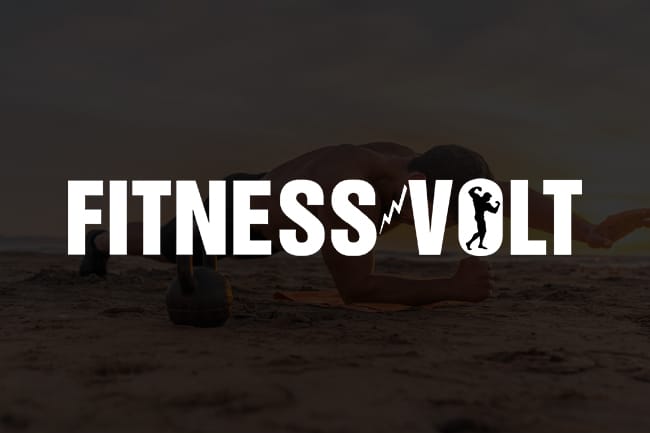
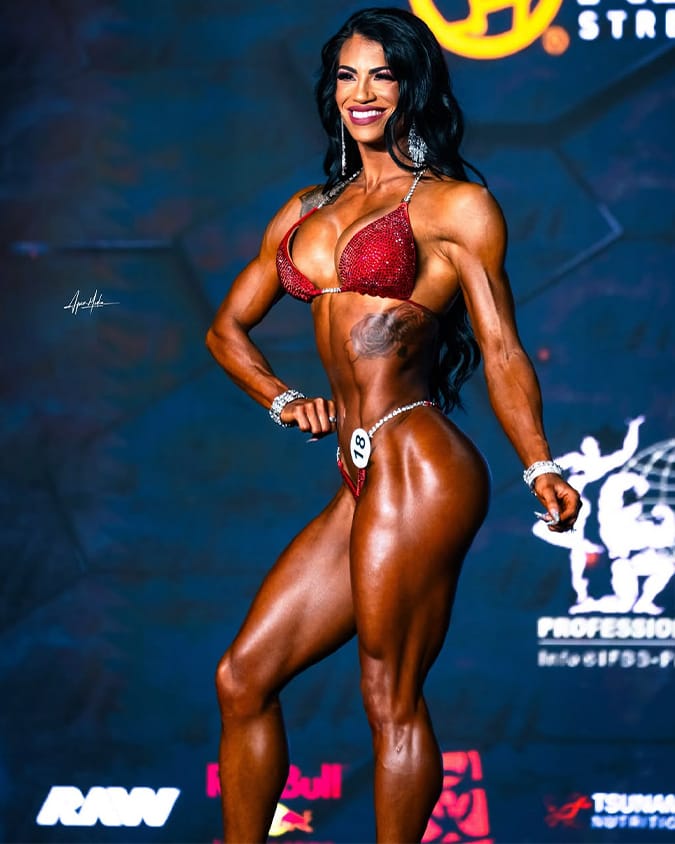
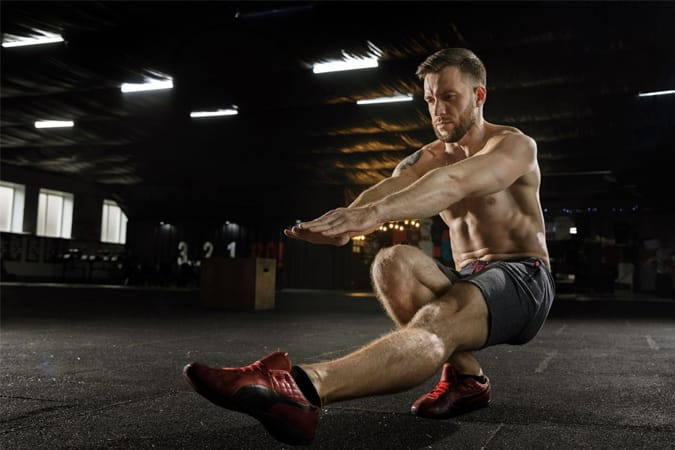





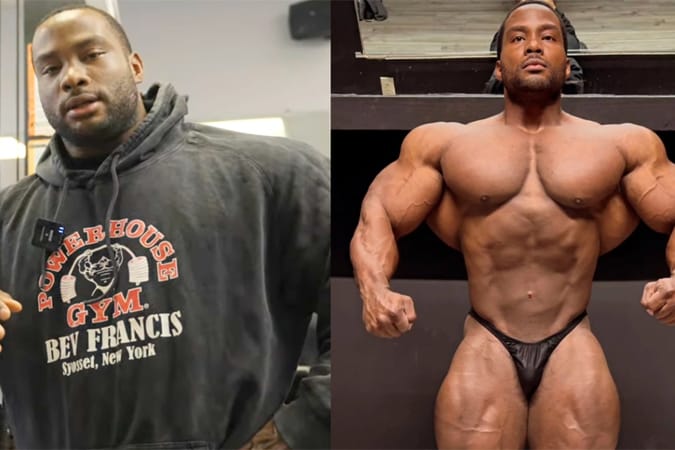
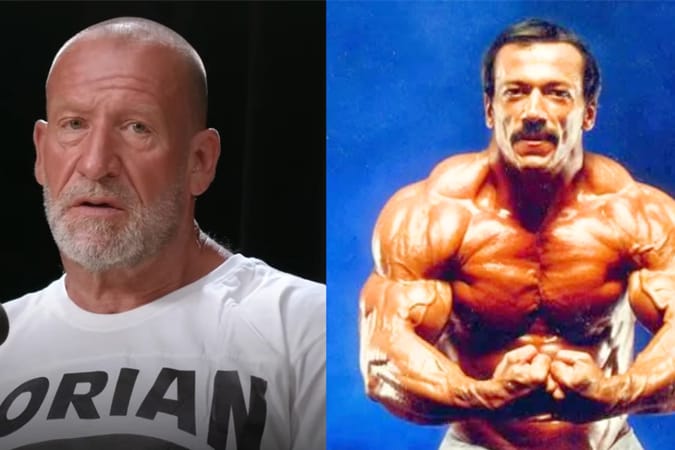
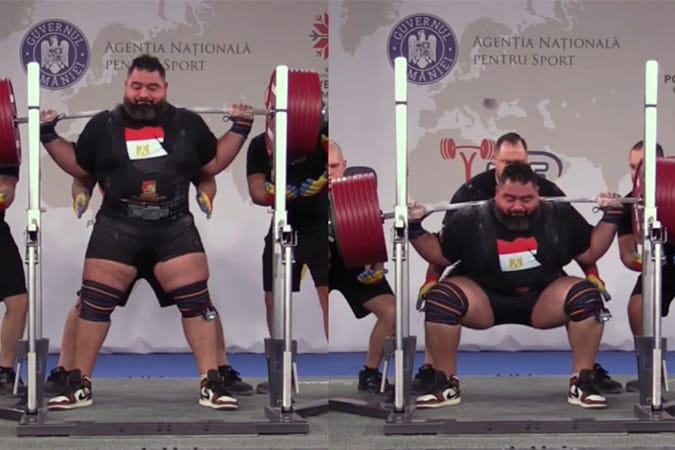

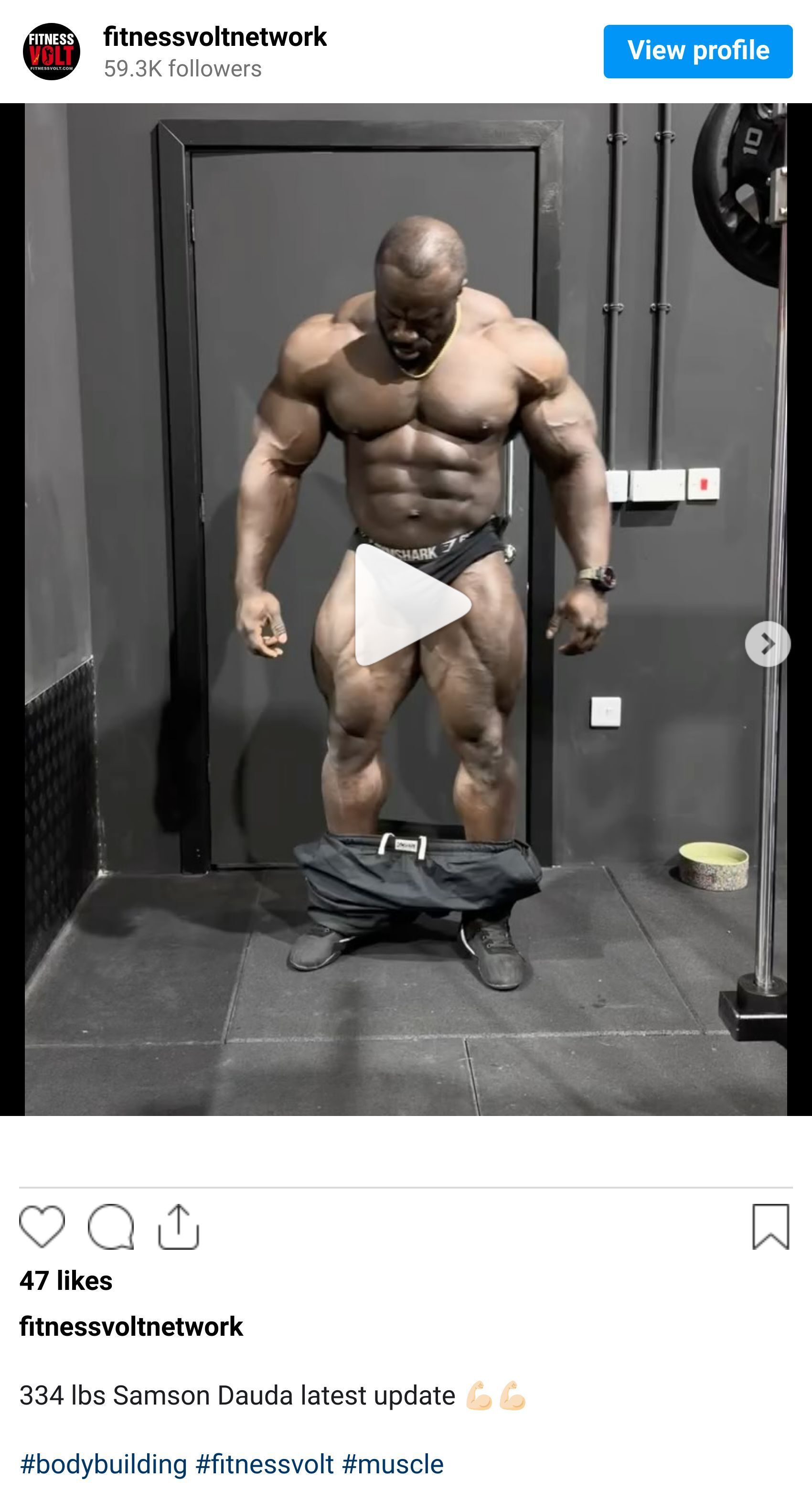
Reply